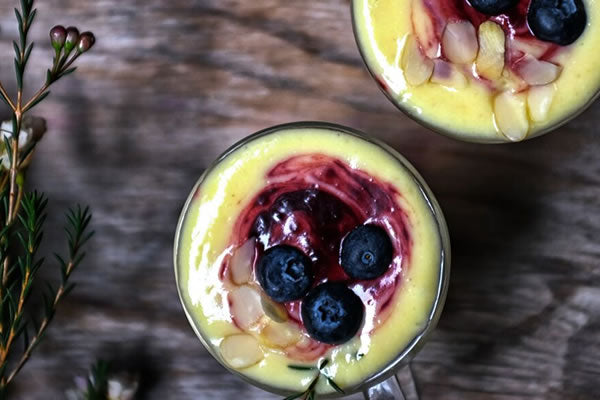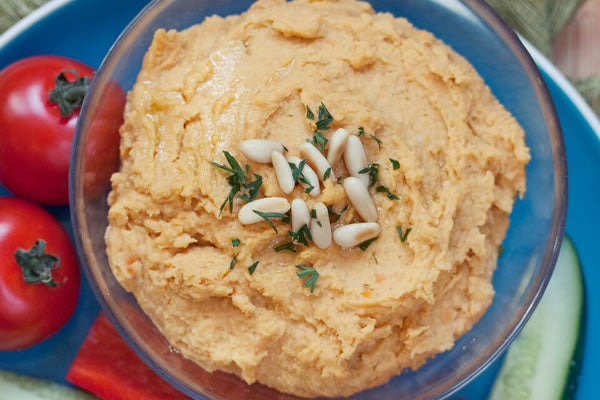


Reprinted with the permission of foodmatters.com/articles
Most of us are pretty confident when it comes to identifying the types of food that we should eat and the types of food that we should avoid, yet despite our best efforts to maintain a wholesome lifestyle, there always seems to be something in our environment that is working against us. The tide of human modernity has inevitably drifted towards a convenience-based existence. This, in turn, has given rise to a unique scenario in which our bodies are now languishing under the heavy burden of toxic compounds that we absorb from various sources each day. Unfortunately, one of these sources in most twenty-first century households is cookware.
Out of all the different types of cookware available today, the most commonly used is PTFE-coated "non-stick" cookware which is also sometimes referred to as Teflon cookware. The most obvious benefit of this equipment is that it provides the capacity to cook any meal without the likelihood of having to scrape burnt remains off it afterward - an attractive proposition for convenience-minded consumers. In 2014, U.S. retail sales of non-stick cookware amounted to around 1.45 billion USD. With the average piece of non-stick cookware costing between $10-20 USD on Amazon.com, that figure boils down to somewhere between 70 - 150 million pieces of non-stick cookware being sold into American homes during 2014 alone. Extrapolate this data over a few decades, and you end up with a tremendous number of conventional non-stick cookware items in use across the United States.
So what's the issue with using non-stick cookware and why should it matter to you?
Fluropolymers such as polytetrafluoroetheylene (PTFE) and substances containing polyfluoroalkyl and perfluoroalkyl compounds (PFAs) are commonly used to create conventional non-stick cooking surfaces. These materials are extremely toxic and highly resilient, both in relation to their interaction with the human body and also the wider environment. These compounds contain fluorinated chemicals which give rise to that slippery surface that we all enjoy cooking on. When exposed to heat, most non-stick cookware becomes a source of perfluorooctanoic acid (PFOA), which is a long-chain chemical compound that has been linked to a frightening range of health problems including thyroid disease, infertility in women, organ damage and developmental and reproductive problems.
Interestingly, the US Environmental Protection Agency has also declared perfluorinated compounds (PFCs) to be "likely carcinogens", yet despite the warnings, these chemicals are still used in a wide array of household products. A study conducted by the Centers for Disease Control and Prevention (CDC) discovered that roughly 98% of Americans now have traces of PFA’s or PFC's in their bodies.
There's clearly no argument as to whether conventional non-stick cookware has a negative impact on human health, so with that in mind, what are the alternatives?
Ceramic cookware is gaining popularity fast thanks to its ability to create a non-stick cooking surface while containing no traces of PTFE or PFOA.
Brands such as Neoflam are using the most advanced ceramic technology to produce durable and heat efficient non-stick coatings that are safer and more environmentally friendly than conventional non-stick cookware.
Companies like Solid Teknics are manufacturing some incredibly high quality cast iron products which have a myriad of advantages over conventional non-stick cookware.
Cast iron is extremely rugged, easy to clean, and if properly seasoned, it's also "non-stick" (minus the toxic cocktail of chemical compounds). Cooking with cast iron is a great way to experience many of the benefits that come with using non-stick cookware while also minimizing your exposure to harmful substances.
Glass isn't the most dynamic cooking material and it's somewhat limited in the styles of cooking that it can accommodate, however, for oven baked dishes there aren't many materials more safe and affordable than heatproof glass.
When choosing glassware for cooking, be sure to check that the glass is heatproof and of high quality construction. Pyrex has a great range of kitchen glassware for all sorts of different applications, including cooking.
Similar to ceramic, stonewear cooking equipment is a non-toxic alternative that usually involves a combination of crushed stone and a PTFE-free coating in order to achieve similar results to those of typical non-stick cookware.
Brands such as Stoneline, Swiss Diamond & Ozeri all provide good products in this range.
 LIFESTYLE
LIFESTYLE
 RECIPES: VEGAN OTHERS
RECIPES: VEGAN OTHERS
 RECIPES: VEGAN OTHERS
RECIPES: VEGAN OTHERS
Sign up today to receive weekly Beauty, Nutrition and Lifestyle tips, exclusive offers, and 10% off your first purchase.
Our beauty and wellness brand offers support, services and products to help you become WELL WITHIN your skin, mind and body.
Sign up today and receive your special Friends and Family 20% off your first purchase, valid until May 31, 2017.
Stay Ever Well,
Lynne + Renee
Co-founders
Thank you for signing up today to receive weekly Beauty, Nutrition and Lifestyle tips, exclusive offers and your special Friends and Family 20% off your first purchase, valid until May 31, 2017.
Stay Ever Well,
Lynne + Renee
Sign up today to receive weekly Beauty, Nutrition and Lifestyle tips, exclusive offers, and 10% off your first purchase.
Leave a comment
Comments will be reviewed prior to posting.